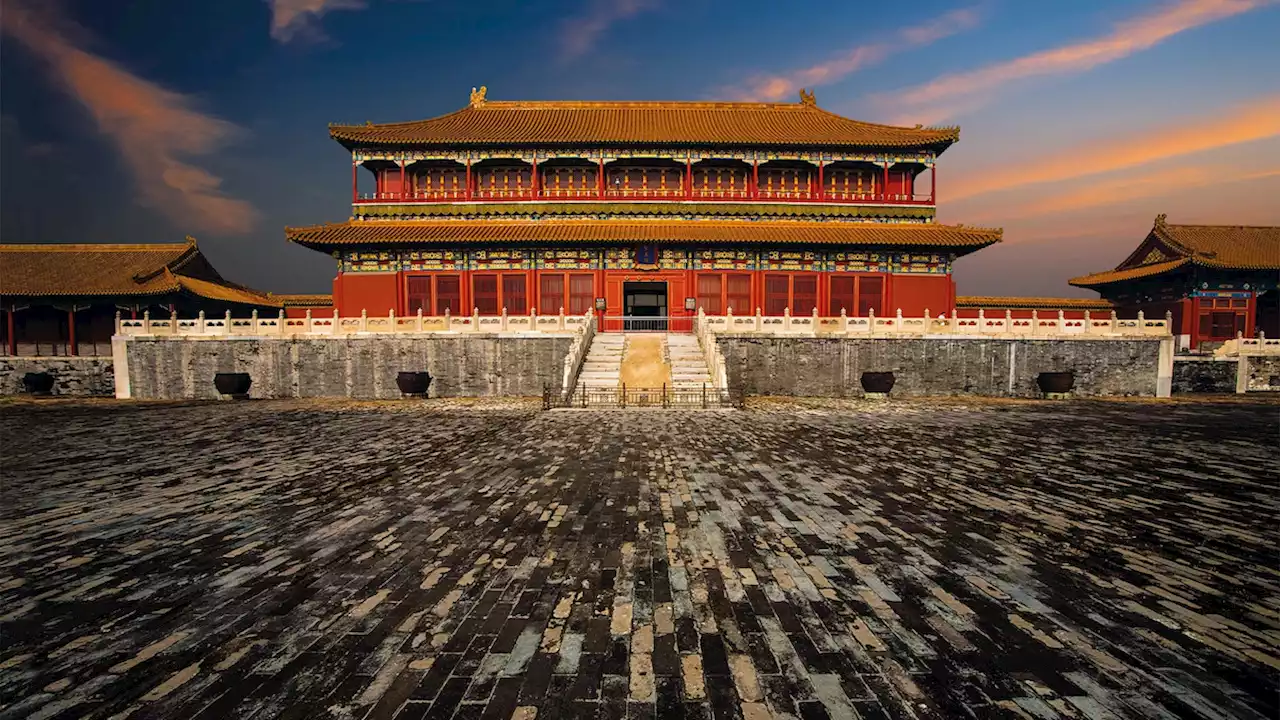Access to this vast complex of grand palaces, abundant gardens, and sacred pavilions was off limits to most of imperial China's people, who could only imagine the grandeur beyond the gates
In the heart of modern Beijing is the world’s largest palace complex, big enough to hold 50 Buckingham Palaces and covering more than 7.75 million square feet. Known as the Forbidden City, it served as the symbolic and political center of imperial China between 1420 and 1912. Its forbidding moniker reflected how most subjects of the realm were never allowed to enter its walls.
A Chinese tradition held that those who are located in the north, facing the south, have a superior position, just as those inside a building or in an elevated space are superior to those outside or in a lower space. These spatial relationships were reflected explicitly in the architecture of the Forbidden City. The emperor always stood inside a gateway or in an elevated room looking toward the south from above, while his subjects stood below in open courtyards looking north toward the emperor.
These kinds of ceremonies followed the same ritual organization. The emperor would lead the way to the place where the ceremony was to take place, with his officials and nobles following through doors and crossing bridges in strict order of social hierarchy. At no point was anyone allowed to stand to the north of the emperor.
